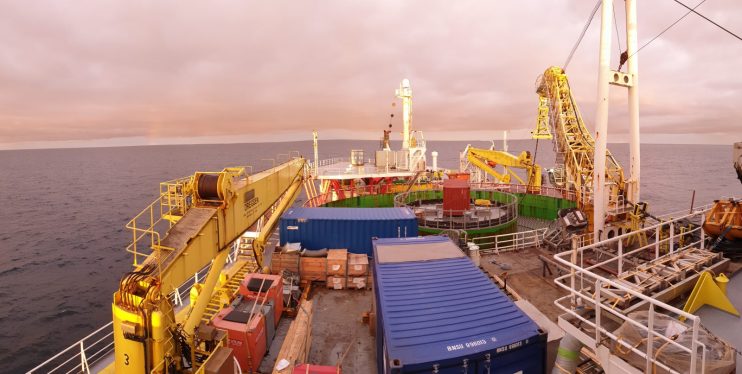Construction of North Sea Link cable completed ahead of October power-up

Construction work on the world’s longest subsea electric cable has now been completed, the National Grid announced today.
The final segment of the 450 mile-long North Sea Link (NSL), which connects Blyth in Northumberland to the Norwegian village of Kvilldal, has now been laid.
When it begins operating on 1 October, the interconnector will provide enough power to supply 1.4m homes.
The link, Britain’s fifth such connection with the continent, will allow the UK to share renewable energy with Norway.
Nigel Williams, NSL project director for National Grid, said: “NSL is a remarkable feat of engineering, but more importantly, it represents two countries working together to maximise their renewable energy resources for mutual benefit.
“Between the start of operation and the end of the decade, we estimate that NSL will save 23m tonnes of carbon – making it a key tool in the UK’s journey to net zero.”
The cable has full capacity of 1,450 megawatts. When testing begins this month, the grid operators will begin by sending 700 megawatts along the cable both ways, before ramping up to full voltage by September.
Subsea interconnectors are a big part of the UK’s plans to decarbonise its energy network over the next decade.
It is currently building a sixth such cable, the Viking Link, which will connect the UK’s power grid to Denmark.
When that cable becomes operational in 2024, it will also provide enough power for 1.4m homes.
By 2030 90 per cent of all power coming into the UK via interconnectors will be from zero carbon sources, the National Grid said.